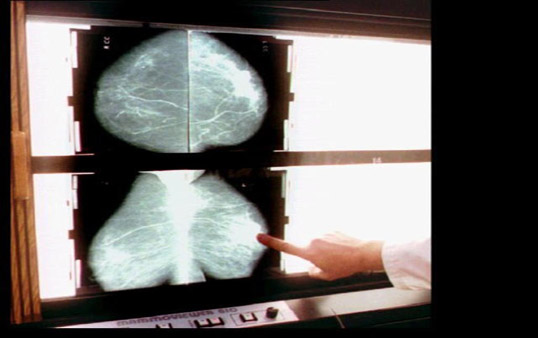'Overdiagnosis' of Breast Cancer, Study Finds
The rate of breast cancer overdiagnosis is 18 to 25 percent, according to a study published Tuessday in the journal Annals of Internal Medicine.

Norweigan epidemiologists compared two groups of women by looking at breast cancer rates and related mortality rates over a period of years.
The first group included women who had routine mammograms and the second group consisted of women who did not get routine mammograms.
The study was conducted in Norway, where women are encouraged to start getting mammograms at age 50. The overdiagnosis rate may be higher in the United States since women begin getting mammograms at age 40, according to the study.
Overdiagnosis, in cancer medicine, is a term that refers to "a tumor that fulfills all laboratory criteria to be called cancer but, if left alone, would never cause harm," according to Dr. Otis Brawley, chief medical officer of the American Cancer Society.
This type of tumor does not continue to grow and spread throughout the body. Although the tumor resembles cancer, it is not genetically programmed to have harmful effects, leading to the treatment of women who do not need to be treated.
The prevalence of overdiagnosis is due to age-old methods of identification for different types of cancers. In the 1840s, German pathologists shaped our definitions of cancer after using light microscopes to examine the biopsies of people who died of cancer.
Today, however, doctors utilize radiologic technology to identify small tumors, perform a biopsy with needle technology, and state a diagnosis. Tumors are profiled as being 'cancerous' if they fit the descriptions outlined by the Germans.
Despite the possibility of overdiagnosis, physicians still urge women to get mammograms each year starting at age 40. Mammograms have several limitations, yet they have been proven to reduce the rate of women dying from breast cancer.
Since 1991, there is a 30 percent decreased risk of death from breast cancer. This means that although some women are overdiagnosed, lives are still being saved because of advances in technology.
RELATED:










